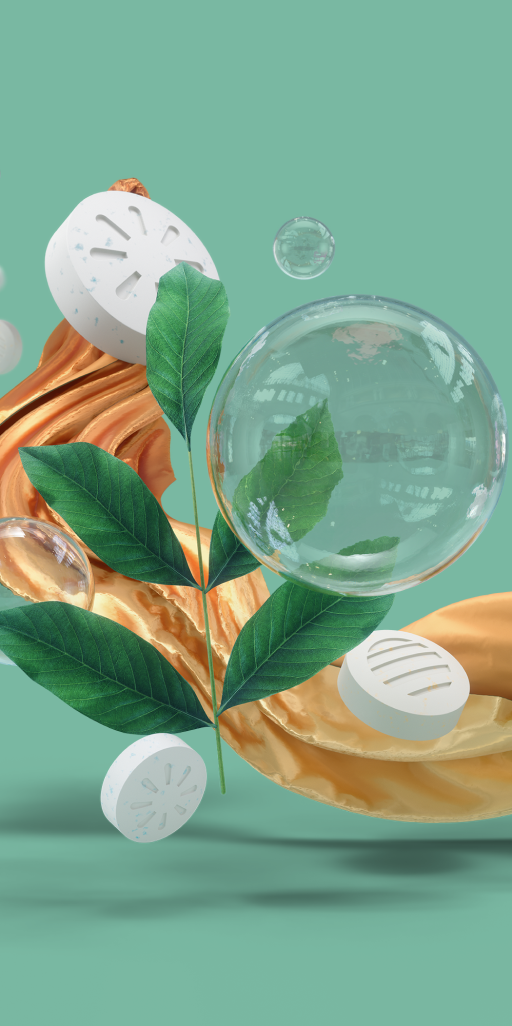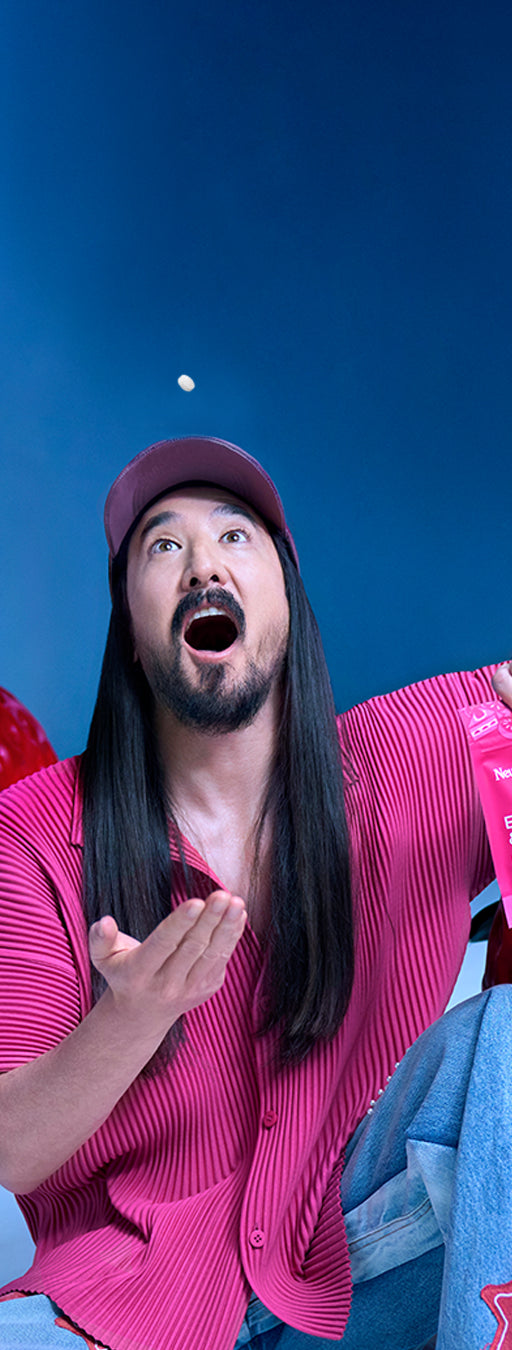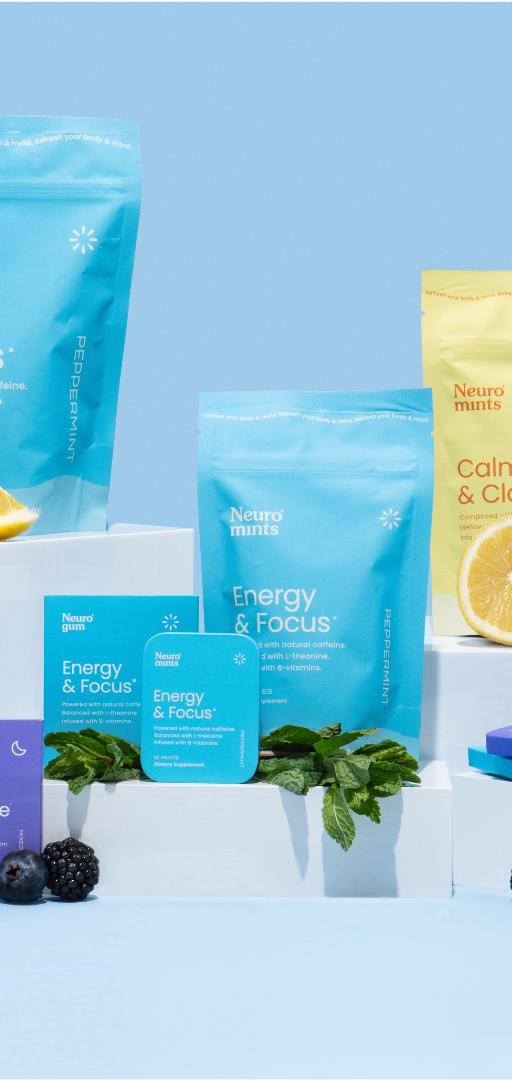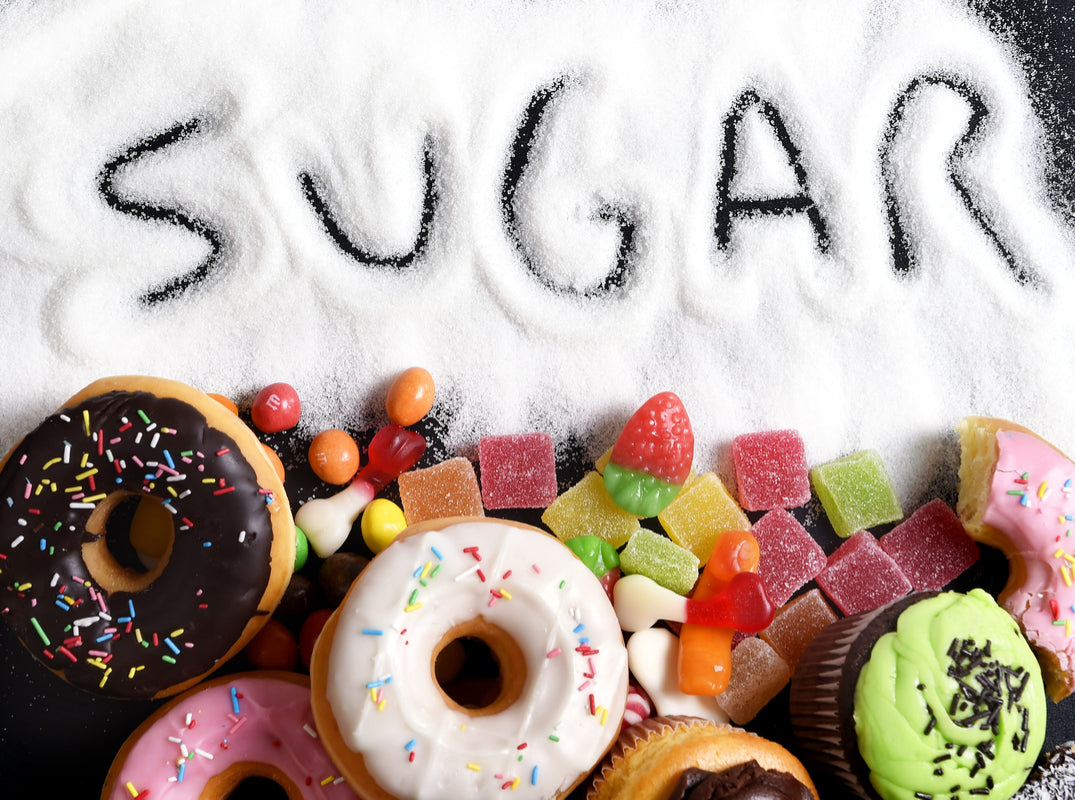
Before I tell you my sugar-free life story, I have to introduce you to the concept that essentially, there are two types of sugar-free diets. The first sugar-free diet omits all refined sugar, i.e. white or process sugar, the second cuts out even naturally-occurring sugars like fructose. The latter has been growing in popularity, with many advocating a severe reduction or complete elimination of all sugars. I don’t agree with this concept, simply because, to me, refraining from the consumption of fruit, for instance, is utter nonsense. Surely the benefits of eating fruit far outweigh the minor drawbacks, if any, of fructose consumption.
If you want to go all out and exclude even honey or agave, you’ll find plenty of guidance online, and, by all accounts, many people find this super-strict diet beneficial.
My story is a little different, though.
[See: How are energy drinks bad for you?]
The Day I was Told to Give up Sugar

As you can gather, I was told to give up sugar on health grounds. I had gone to see a complementary health therapist because I had been feeling sluggish and tired. After numerous kidney infections, digestive problems and a distinct lack of energy, I had decided that it was time to seek help. I wasn’t overweight, I just didn’t feel well.
After a thorough examination, the therapist advised me to steer clear of all refined sugars and see if I would see any improvement. The decision to follow her guidance was an easy one, I guess I felt sufficiently badly to make the sacrifice and give up sugar.
I would say I had an average love of sugar, I certainly liked sweet stuff, without being completely obsessed with it.
5 Healthy Drinks to Beat Your Soda Addiction
Day 1
I went home and threw out all my sugary foods, and, perhaps for the first time, I started reading labels, only to discover that the vast majority of processed foods, even of a savory kind, contain some form of sugar. Take a can of baked beans, for example. You’d think it would be full of healthy protein and fiber but then you realize that it contains added sugar. Crazy, isn’t it? So, if you are trying to give up refined sugar like I did, read the labels.
To set myself up for the next day, I went shopping and bought food for my first sugar-free day. Shopping had never taken so much time before - label reading in supermarkets considerably lengthens your shopping trip! I got home eventually and had a glass of warm milk rather than drinking chocolate, and, yes, I did feel a little deprived but was determined to persevere.

Day II
Day II was easy, enthusiasm was my main fuel as were hope and trust that this would eventually lead to a healthier and more energetic me. I ate bread and butter for breakfast, had a salad for lunch, and was able to enjoy a “normal” dinner. The only difficulty arose when I had finished my main meal. I was used to having chocolate with my sweet tea, and, admittedly, I found it difficult to round off my meal without a little treat. Rather than fall off the wagon, I decided to go for a walk and soon forgot about my sugar cravings.
Day II to Day VII
During the subsequent days, I did a lot of research into what sugar does to our body and recognized myself in many of the descriptions. You eat sweets and you get a rush of energy, only for your energy levels to drop sharply again, making you reach for more sugar.
See: Simple hacks for eating less sugar

Refined sugars are bad for you in so many different ways. The sugar level instability can be like a rollercoaster, sugar makes you gain weight, and if you don’t exercise, you are likely to develop diabetes. Sugar is also highly addictive, and anyone who has given it up will tell you just how severe sugar cravings can be.
In my case, after the first few days, I had mixed feelings about my sugar-free diet. On the one hand, I was proud to have persevered and felt a little better, on the other hand, I felt sorry for myself. Poor me, no treats allowed! I also found myself passing sweets in supermarkets and having to resist temptation with all my strength.
Physically, my digestion was a bit messed up, I had headaches and felt dizzy on a number of occasions.
Going into my second week, I was determined to make it work and decided to find myself some tasty, substitute-treats.
Week II
After one week, I was tired of feeling deprived and sorry for myself and decided to get myself some sugar-free treats. I started eating a lot of bananas, had the odd bit of honey, bought some sugar-free sweets for dark moments of cravings, and explored a lot of new tasty foods. I discovered foods I would never have tried and gradually, the feeling of “lacking something” dissipated.

To me, therein lies the key: if you want to give up sugar, find yourself some tasty substitute to help you over the hump. This simple strategy worked wonders for me, and as I was starting to get my energy back and felt more like myself again, I knew the sugar-free diet had paid off.
The physical withdrawal symptoms didn’t last for more than ten days.
Six Months On
After six months, I went back to my complementary therapist who advised me to continue on my sugar-free path for a couple of years. At that point, I didn’t mind because I was already feeling the benefits.
Two Years On
After two years, I decided to introduce a bit of chocolate now and again I was able to do so, without falling back into a full-blown sugar diet. I savored every bit of chocolate, however, I was also glad to have broken out of the sugar-jail.

Even after my therapist eventually told me I could eat whatever foods I wanted again, I didn’t ever do so. Now, I eat chocolate and have the occasional soft drink and a bit of cake once in a while.
I certainly see the value of getting out of the “sugar hamster-wheel”. Simply put, the more sugar you eat, the more sugar you want. So, if you manage to give sugar a break at all, your cravings will all but disappear and all the benefits will kick in!
Hi! We’re Team Neuro, aficionados of all things brain-related, from creativity to working out. With backgrounds in art, science, and athletics, we love delving into all the potentials of the human body.
We also created the world's first sugar-free nootropic caffeine gum that utilizes the effects of caffeine and L-theanine, made to help you optimize your mind — anywhere, anytime. Find out more here.



























